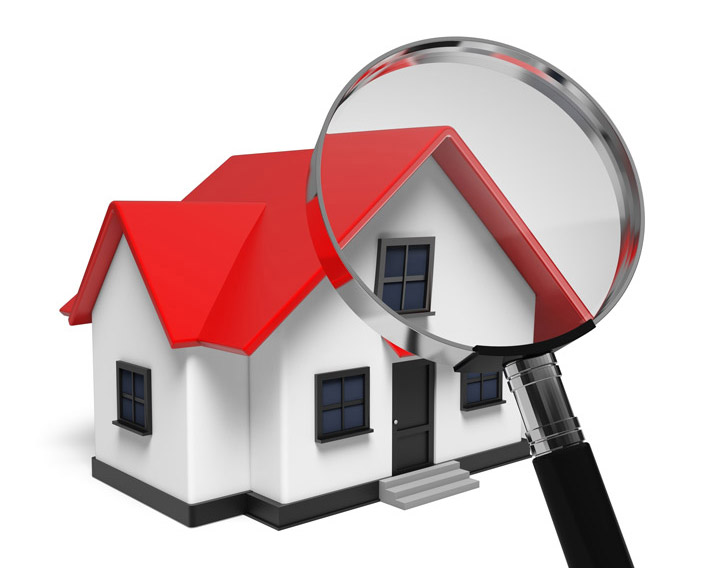
What Goes Into an Appraisal?Getting a home is the largest financial decision many may ever make. Whether it's a primary residence, a seasonal vacation property or a rental fixer upper, the purchase of real property is an involved transaction that requires multiple people working in concert to make it all happen. The majority of the participants are quite familiar. The most known face in the transaction is the real estate agent. Then, the lender provides the money needed to finance the exchange. And ensuring all aspects of the sale are completed and that a clear title passes from the seller to the purchaser is the title company. So, what party is responsible for making sure the value of the property is in line with the purchase price? This is where you meet the appraiser. We provide an unbiased opinion of what a buyer might expect to pay — or a seller receive — for a property, where both buyer and seller are informed parties. A licensed, certified, professional appraiser from JHR Appraisals will ensure, you as an interested party, are informed. The inspection is where an appraisal startsOur first duty at JHR Appraisals is to inspect the property to ascertain its true status. We must physically see aspects of the property, such as the number of bedrooms and bathrooms, the location, living areas, etc, to ensure they really are present and are in the condition a reasonable person would expect them to be. To ensure the stated size of the property is accurate and illustrate the layout of the property, the inspection often entails creating a sketch of the floorplan. Most importantly, the appraiser identifies any obvious amenities - or defects - that would have an impact on the value of the house. Following the inspection, an appraiser uses two or three approaches to determining the value of real property: a paired sales analysis, a replacement cost calculation, and an income approach when rental properties are prevalent. 
Cost ApproachHere, we use information on local construction costs, the cost of labor and other factors to ascertain how much it would cost to replace the property being appraised. This estimate usually sets the upper limit on what a property would sell for. The cost approach is also the least used method. 
Sales ComparisonAppraisers get to know the subdivisions in which they appraise. They innately understand the value of particular features to the residents of that area. Then, the appraiser looks up recent transactions in close proximity to the subject and finds properties which are 'comparable' to the real estate at hand. By assigning a dollar value to certain items such as upgraded appliances, additional bathrooms, additional living area, quality of construction, lot size, we add or subtract from each comparable's sales price so that they more accurately portray the features of subject property.
After all differences have been accounted for, the appraiser reconciles the adjusted sales prices of all the comps and then derives an opinion of what the subject could sell for. When it comes to valuing features of homes in Wilmington and New Hanover, JHR Appraisals is second to none. The sales comparison approach to value is most often awarded the most importance when an appraisal is for a home sale. Valuation Using the Income ApproachA third way of valuing approach to value is sometimes applied when an area has a measurable number of renter occupied properties. In this situation, the amount of revenue the real estate produces is factored in with other rents in the area for comparable properties to derive the current value. ReconciliationCombining information from all applicable approaches, the appraiser is then ready to put down an estimated market value for the subject property. The estimate of value at the bottom of the appraisal report is not necessarily what's being paid for the property even though it is likely the best indication of what a property is worth. It's not uncommon for prices to be driven up or down by extenuating circumstances like the motivation or urgency of a seller or 'bidding wars'. But the appraised value is often used as a guideline for lenders who don't want to loan a buyer more money than they could get back in case they had to sell the property again. The bottom line is, an appraiser from JHR Appraisals will guarantee you get the most accurate property value, so you can make the most informed real estate decisions. |